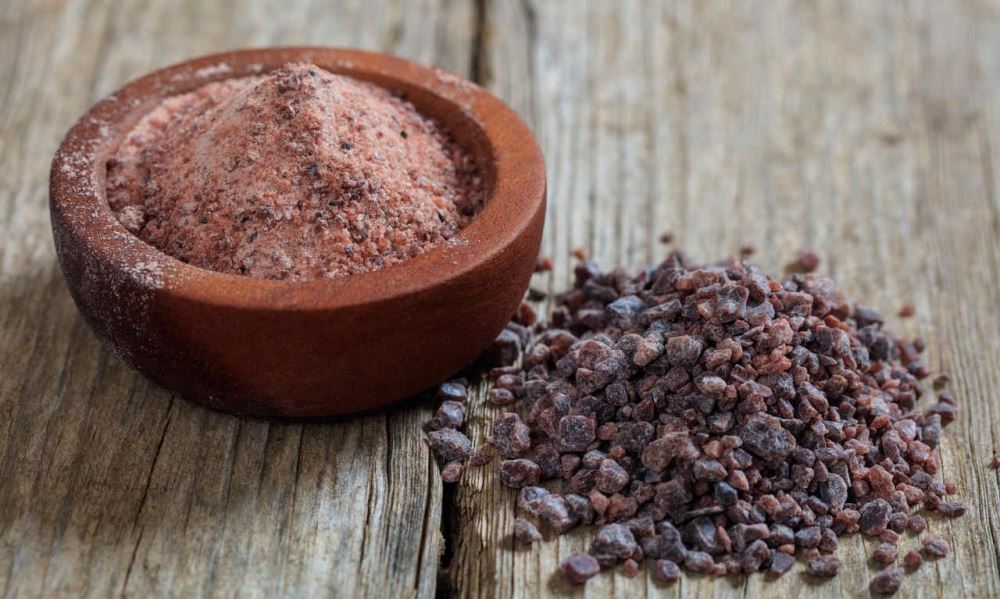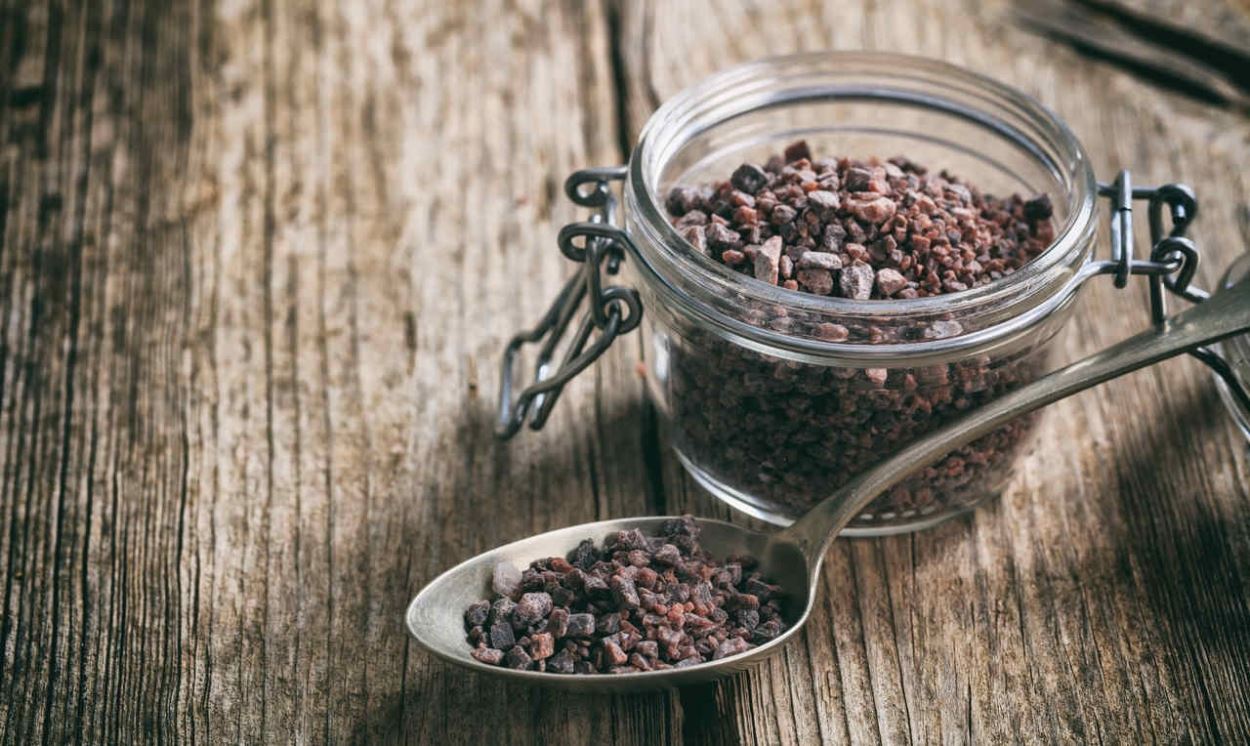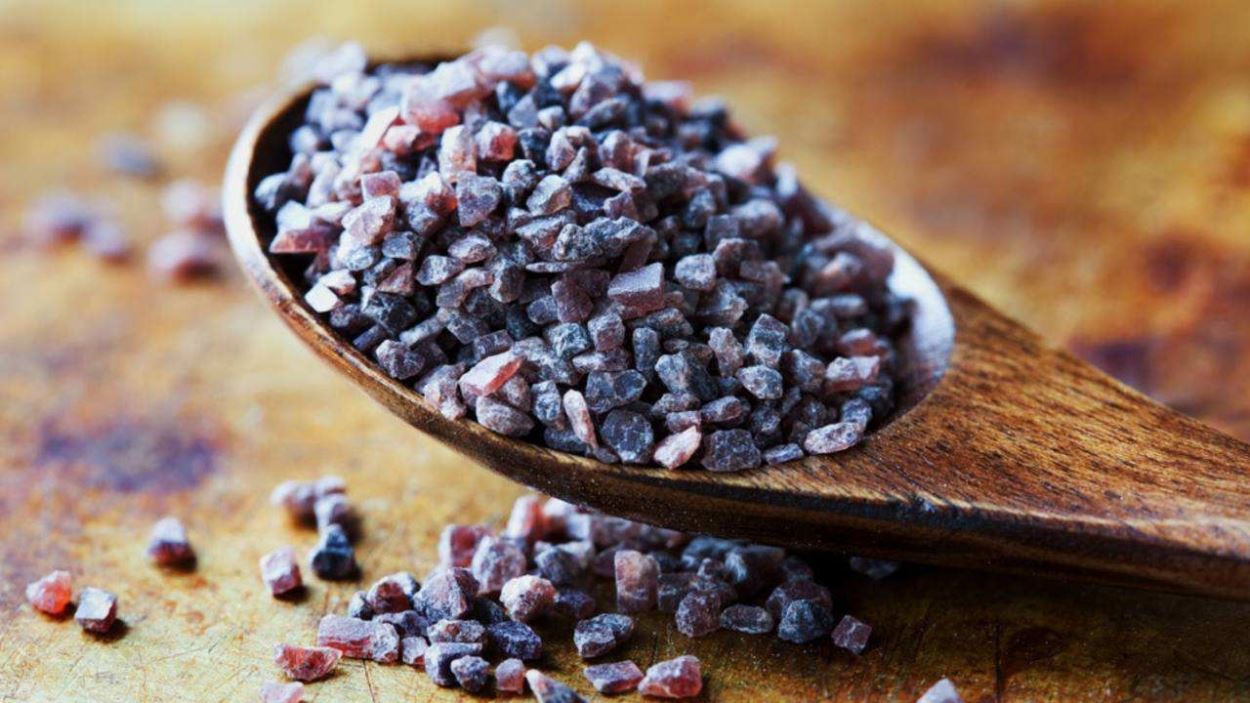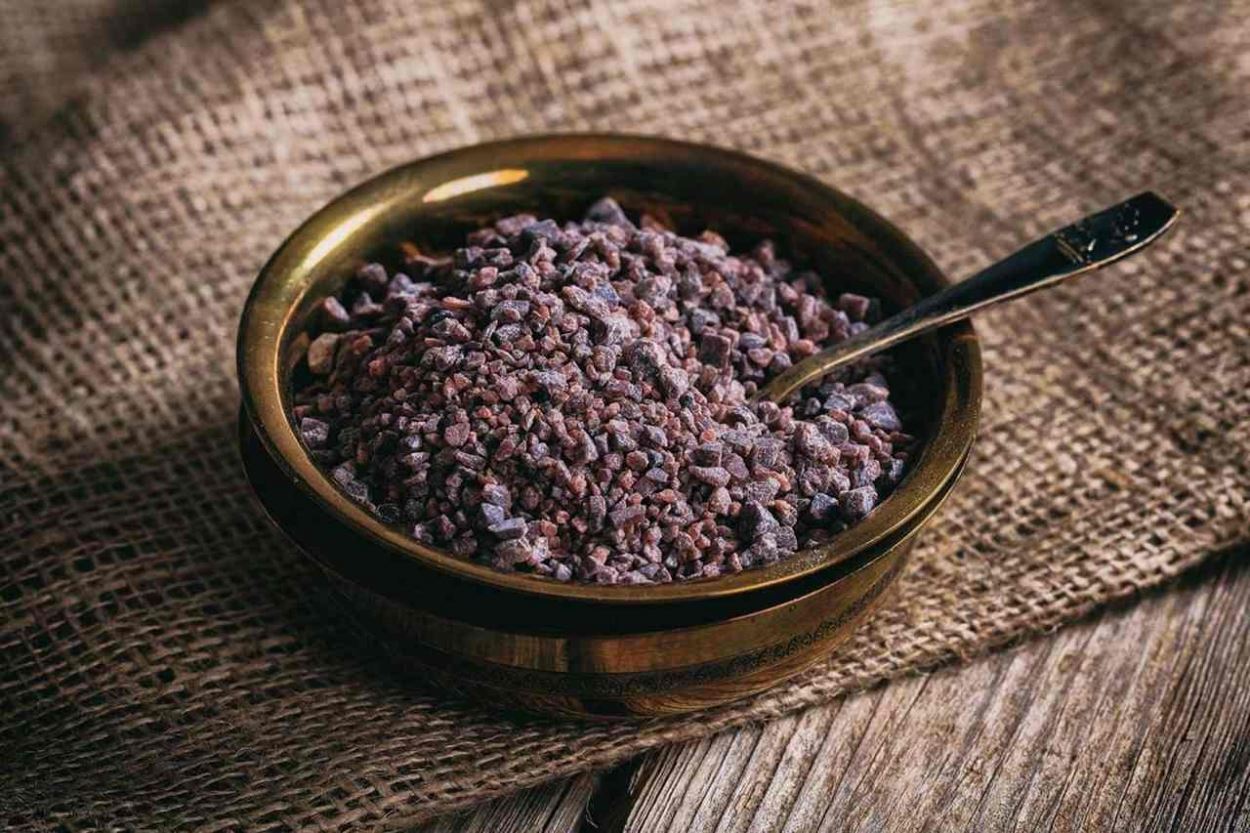What is Black Salt? Benefits and Harms of Kala Namak
2021-06-04(135562)
Black salt, which has been used for alternative treatments of various diseases for thousands of years, becomes popular not only in its origins, the Himalayan region but also all over the world.
The miraculous effects of black salt on human health play an important role in its vogue, as well as its unique flavor that brings a different perspective to foods. In this article, as the largest salt producer of Turkey, we will answer the question "what is black salt" and inform about its benefits and possible harms.
What is Black Salt?
Black salt, also known with its many names as Kala Namak, kala loon, bire noon, Indian black salt, Sulemani namak, bit lobon, or Himalayan black salt, is a volcanic rock salt produced in the Himalayan region. It gets this name from its violet-to-black color. However, it is only black in its natural state; when ground, it turns pink.
What Is Black Salt Made Of?

Natural Himalayan black salt mainly consists of sodium sulfate (Na2SO4), sodium sulfide (Na2S), sodium bisulfate (NaHSO4), sodium bisulfite (NaHSO3), iron sulfide (FeS), and hydrogen sulfide (H2S) which are found naturally in the Himalayan mountains in addition to sodium chloride (NaCl), potassium (K), calcium (Ca) and magnesium (Mg) as in regular table salt.
The sulfur compounds in black salt are what make it special. Sulfur gives salt a unique smell and flavor, and when used in the right amounts, it has a beneficial effect on health.
Unfortunately, Kala Namak, which is becoming increasingly popular, is also manufactured and distributed artificially. These human-made salts contain sodium sulfate, ferric sulfate, sodium bisulfate, and charcoal for black color as well as sodium chloride.
What Is Black Salt Used For?
Because of the minerals that the Himalayan black salt contains in addition to sodium chloride, black salt is widely used in foods, cosmetics, and alternative medical treatments.
Medicine

Black salt has a significant place in Ayurveda, the well-known Indian alternative medicine system with a history of more than 2,000 years. Ayurvedic healers believe that Kala Namak salt has a variety of medicinal qualifications.
They use it to heal digestive disorders, eye diseases, dental problems, stress-related illnesses, anemia, and hysteria (which is removed from the Diagnostic and Statistical Manual of Mental Disorders in 1980 and regarded as dissociative disorder or a somatic symptom disorder today) among many other things.
Despite the lack of clinical evidence for many of these Ayurvedic therapies, studies have shown that black salt has some medicinal benefits. Himalayan black salt is high in antioxidants and has a surprisingly low sodium content.
It stimulates bile production in the liver, which helps to control heartburn and bloating. It reduces acid, gas, and flatulence production and relieves reflux, and increases vitamin absorption in the small intestine.
Kala namak salt helps to lower blood glucose levels. It also acts as a natural blood thinner in small quantities, which helps to control blood pressure.
Since black salt contains a high amount of sulfur compounds, the positive effects of sulfur can also be taken advantage of by black salt consumption. Sulfur is essential for skin and nail development, blood sugar regulation, bile secretion, hair growth, oxygen balance, connective tissues, brain functions, and the removal of toxins from the body.
Sulfur deficiency can cause severe illnesses. The proper amount of black salt consumption can prevent sulfur deficiency.
In addition, the black salt bath is recommended for back and joint pains, as well as skin disorders including rheumatism, eczema, scabies, and seborrheic dermatitis. Because Kala Namak also contains a vast amount of potassium, it aids the muscles to function properly and relieves muscle spasms.
Cosmetics

It has been observed that black salt water, ointments prepared with black salt, or black salt soaps helps the recovery of oily, acne-prone, and blotchy skin. In addition, positive feedbacks are received from scrub gels and creams prepared with black salt granules that are added to skin cleansing products.
Black salt contains minerals that can improve hair growth. Kala namak, when applied to shampoo, hair cream, or hair mask, strengthens weak hair and prevents it from split ends. It significantly reduces hair loss and dandruff formation when consumed with food.
Foods

While Himalayan black salt has a low sodium content, it should be noted that it has a sharp salty flavor. Therefore, it is possible to obtain the same salty taste by using a smaller amount of black salt than regular table salt. Black salt can also be considered as a safer alternative in constant use, because of lower sodium intake.
Sulfur is considered healthy to consume as long as the daily dose does not exceed 1000 milligrams. Furthermore, sulfur is used to prevent harmful bacterial growth in some foods. Therefore, there is no risk in adding sulfur-containing black salt to meals.
It is recommended not to consume more than 6 grams of Kala Namak salt per day. It should not be consumed more than 3.5 grams a day by people with high blood pressure. 6 grams of black salt contains approximately 300 milligrams of sulfur.
Possible Harms of Black Salt

Sodium content in Kala Namak is low, but excessive black salt intake is likely to cause potentially fatal conditions such as high blood pressure, cardiovascular diseases, kidney diseases, irregular heartbeats, headaches, blurred vision, nosebleeds, dizziness, excessive sweating, nervous system suppression, epileptic seizures, strokes, stomach ulcers, and inflammation.
Excessive sulfur consumption may lead to symptoms including dizziness, headache, fatigue, insomnia, distraction, stomach irritation, skin irritation, skin color change, skin redness, and hives.
People who have sulfur allergies may also experience anaphylactic shock, which may lead to death. Doctors also warn against using sulfur-containing products in combination with drugs used to treat acne.




